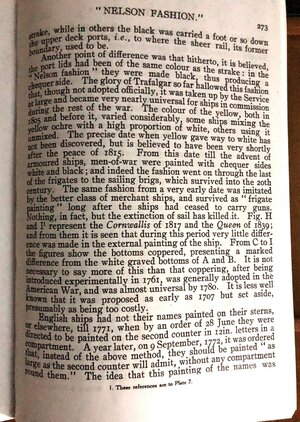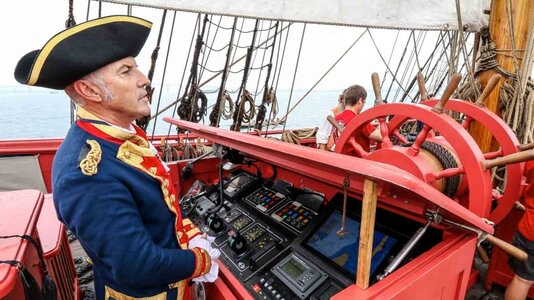- Joined
- Feb 7, 2022
- Messages
- 41
- Points
- 48

They used what was available to them. No running down to the local hardware store and looking at color swatches and leaving with a few hundred gallons of paint. Black and white were often mixed with other colors to stretch the paint.











